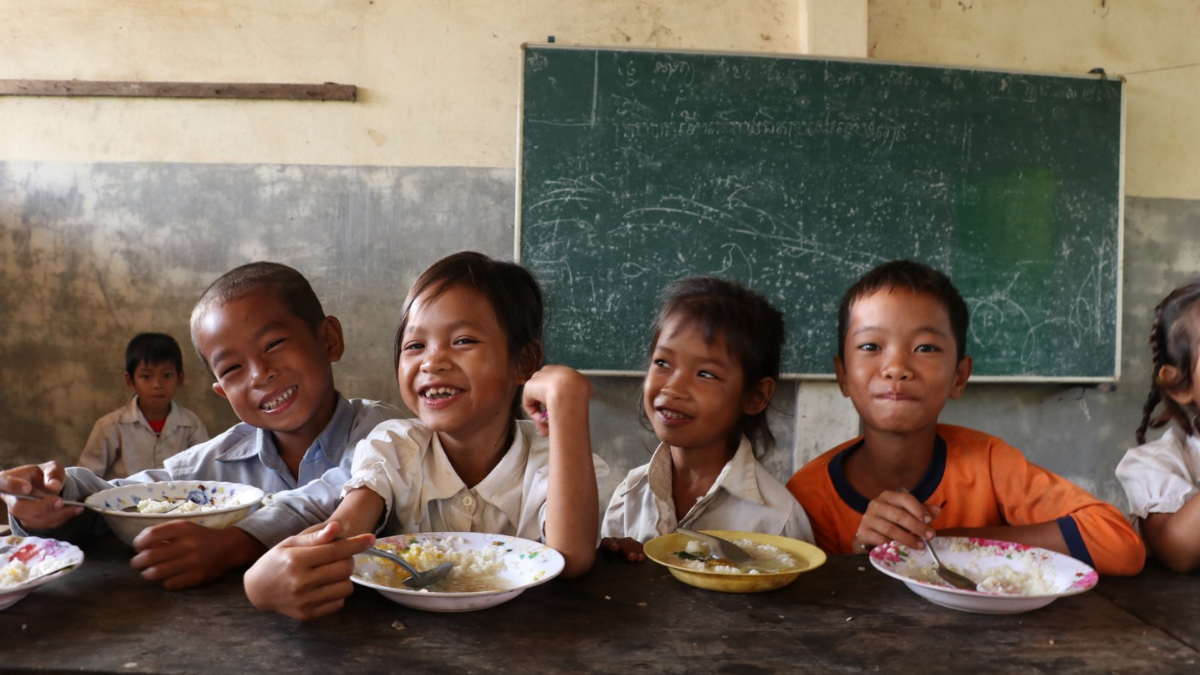Nutrition and Education: UNESCO’s Call for Integrated Human Capital Development

- 02 Apr 2025
Context:
In March 2025, UNESCO released its global report titled “Education and Nutrition: Learn to Eat Well” at the ‘Nutrition for Growth’ summit in France. The report brings to light the critical intersection between child nutrition and educational outcomes, positioning school feeding programs not merely as welfare schemes but as foundational investments in human capital.
Global and Indian Context
As per the report, 418 million children across 161 countries benefit from school meal programs, yet over half of these initiatives lack adequate portions of fruits and vegetables. Alarmingly, nearly one-third of the programs include sugary beverages. This dietary imbalance is reflected in the rising tide of childhood obesity, which has doubled in over 100 countries in the past two decades.
In India, the PM-POSHAN (formerly Mid-Day Meal) scheme remains a vital intervention, feeding approximately 118 million children daily, making it one of the largest school meal programs globally. Despite this extensive reach, the report notes a persisting issue of "hidden hunger" — widespread micronutrient deficiencies stemming from poor dietary diversity.
Nutrition-Education Nexus
The report strongly advocates for recognizing nutrition as an enabler of learning. Well-balanced meals in schools contribute to better attention spans, memory retention, and academic performance. In countries like Brazil and Finland, where nutrition programs are closely aligned with educational frameworks, data shows improved enrolment, retention, and performance metrics.
School meals also serve as instruments of social equity, especially for children from low-income families and marginalized communities. They act as a safety net, improving attendance — particularly for girls — and reducing hunger-related learning barriers. When sourced locally, these programs can additionally boost rural economies and support sustainable agriculture, creating farm-to-table ecosystems.
Challenges Identified
The report flags several systemic challenges. A majority of school feeding programs are heavily dependent on staple grains, offering minimal variety. Many meals still include ultra-processed and low-nutrient foods, while nutrition education remains largely absent from school curricula — only 17 countries integrate it with national food standards.
Further, an urban-rural divide in infrastructure, such as cold storage and supply chains, leads to inconsistent delivery. Monitoring gaps also persist — just 8% of countries track school meals against WHO nutritional standards, making outcome assessment difficult.
Recommendations and Way Forward
UNESCO proposes a holistic approach for countries to bridge the education-nutrition divide:
- Curriculum Integration: Nutrition should be embedded into educational content across disciplines and levels.
- Science-Based Standards: National guidelines should align with WHO dietary recommendations.
- Local Procurement: Meal sourcing must prioritize seasonal and region-specific produce to enhance diversity.
- Teacher Training: Educators should be equipped to impart food literacy effectively.
- Robust Monitoring: Countries must develop national strategies on school nutrition with clear benchmarks, accountability, and evaluation mechanisms.
Conclusion
The report makes a compelling case that education and nutrition must be interlinked to foster meaningful development. Investing in nutritious school meals is not merely about feeding children — it is about shaping a healthier, more capable future generation. In the long run, a well-nourished child is better positioned to learn, thrive, and contribute to nation-building, making this a strategic priority for policymakers worldwide.
